‘Now certain things about my own childhood make better sense’
Bairbre Kelly
My relative: Pte Gerald O’Connor, Free State soldier
I had never really heard the story of my great-grandfather Pte Gerald O’Connor and his death in the Civil War until recent years. In fact my grandmother (his daughter) had never spoken to me about him at all and had barely talked about him to her own four daughters as they were growing up.
[ Read the complete Century: 1923 Birth of a Nation seriesOpens in new window ]
The loss of her father had been such a traumatic event in her life and in the life of her mother and her two young siblings that his name was not spoken after he passed.
READ MORE
Nowadays we have a better understanding of the psychological impact that the sudden death of a parent has on a child’s developing mind and how best to support them through it but back then their little minds were not considered at all.
I often wonder what it must have been like for my granny. She was only three when her mother received the devastating news that her husband had been mistaken for Michael Collins in an army convoy in Gort, Co Galway, on July 8th, 1922 and had been shot in the head. He died instantly. He was only 34.
Because of his injuries he couldn’t have an open coffin, so his wife and children never got to see him again. My granny’s world changed in that instant. She went from a comfortable life with two happy, loving parents to a life of financial struggle and insecurity, with a mother who now had to care for three young children (aged one, three and five) alone while trying to process the trauma of losing her husband in such an awful manner.
There is no doubt that my granny’s mother struggled to cope. How could she not? So while she tried to find her way through her own grief, my granny had to try to make sense of what had happened to her dad and her old life. I believe that an experience like that at such a young age would have impacted on her developing concept of self as well as her ability to trust and form stable relationships. This would inevitably shape how her life panned out, from her emotional health and her relationships, to her own experience of being a parent.
Now when I look back over my own childhood, certain things make better sense. I was very attached to my mother and struggled greatly with separation anxiety for a lot of my childhood. Like most little kids, I loved playing make-believe and dress-up. But while most others were fantasising about being princesses and superheroes, I liked to play out a very different scenario. As an only child I played alone a lot and the game I would play was one where I was a poor single mother with young children. It wasn’t until I started working as a psychotherapist that my research brought me to the area of transgenerational trauma. This emerging area presents the theory that the traumas of our ancestors are passed down through genetic changes that occur in the embryo during pregnancy as well as lived experiences of being part of a family unit that has been shaped by the unspoken secrets of the past.
Bairbre Kelly is a counsellor and psychotherapist based in Drogheda, Co Louth
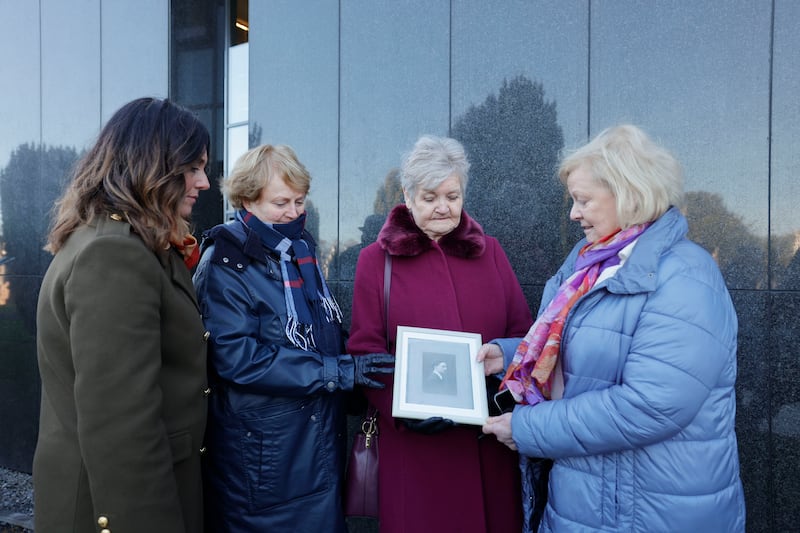

‘It’s the biggest sacrifice anyone can make’
Michael Carruth
My relative: John Gaffney, anti-Treaty prisoner executed in 1922
John Gaffney was my great-uncle. He was the first republican prisoner to be executed in the Civil War along with James Fisher, Richard Twohig and Peter Cassidy. My grandmother Bridget Carruth, née Gaffney, was John Gaffney’s sister.
We were always proud of John Gaffney. To sacrifice your life for the sake of your country is the biggest sacrifice anybody can make and he was only 20. I can’t see any 20-year-old sacrificing their life in that way today.
The four lads who were executed were aged between 18 and 21 and they lived within 500 yards of each other. It must have been horrific for their families on November 17th, 1922 in Kilmainham Gaol. We have so many stories about why they were executed. John Gaffney was an unknown, which is why he was executed along with the others. They didn’t want Erskine Childers to be the first. He was executed a few days after them.
Obviously we never got to meet John Gaffney but it was something that our family took great pride in him. We made sure we remembered him in Kilmainham Gaol on the 100th anniversary. I got my ex-colleagues in the Defence Forces to come down and provide a guard of honour. We had a piper too. It’s a thing that my father, Austin Carruth, who died in 2011, would have loved to have been able to do.
Their last letters to their parents were read out. When you listen to them being read you can’t but feel emotional, knowing that writing them was the last thing they would do before being executed. Imagine going to bed knowing that the next day would be your last on Earth. The bravery those men have shown is immense. None of us, hopefully, will ever be in that position. He was fighting for a cause and for something that he believed in.
We knew about him in the family; we were always told that Uncle John was part of the IRA. There was a Civil War at the time. When you are growing up and listening to it, you don’t pay much attention to it.
I didn’t grow up in a political family. My father had the belief that you supported whoever you wanted to support whether it be Fianna Fáil, Fine Gael, Sinn Féin or anyone else. My father and mother brought us up to make up our own minds and make our own mistakes. They brought us up to be individuals, though I’m an identical triplet.
There are always three sides to every story: your side, my side and the truth.
Michael Carruth is a former professional boxer and Olympic gold medallist
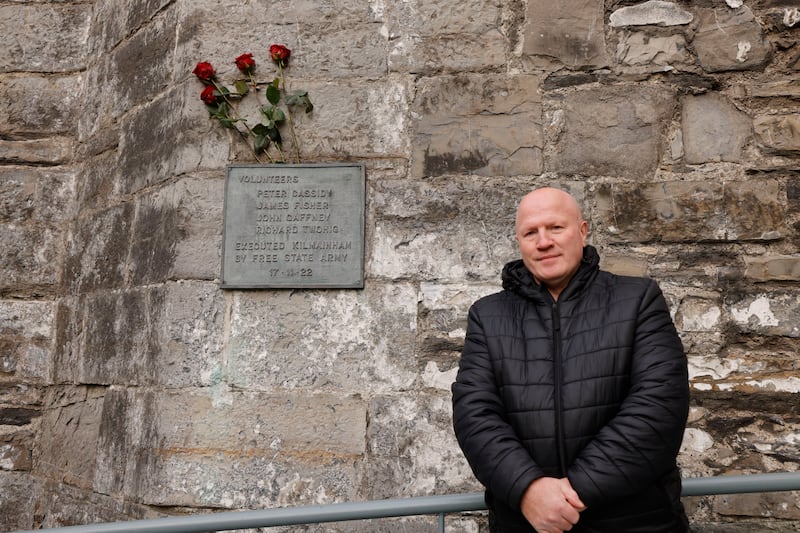
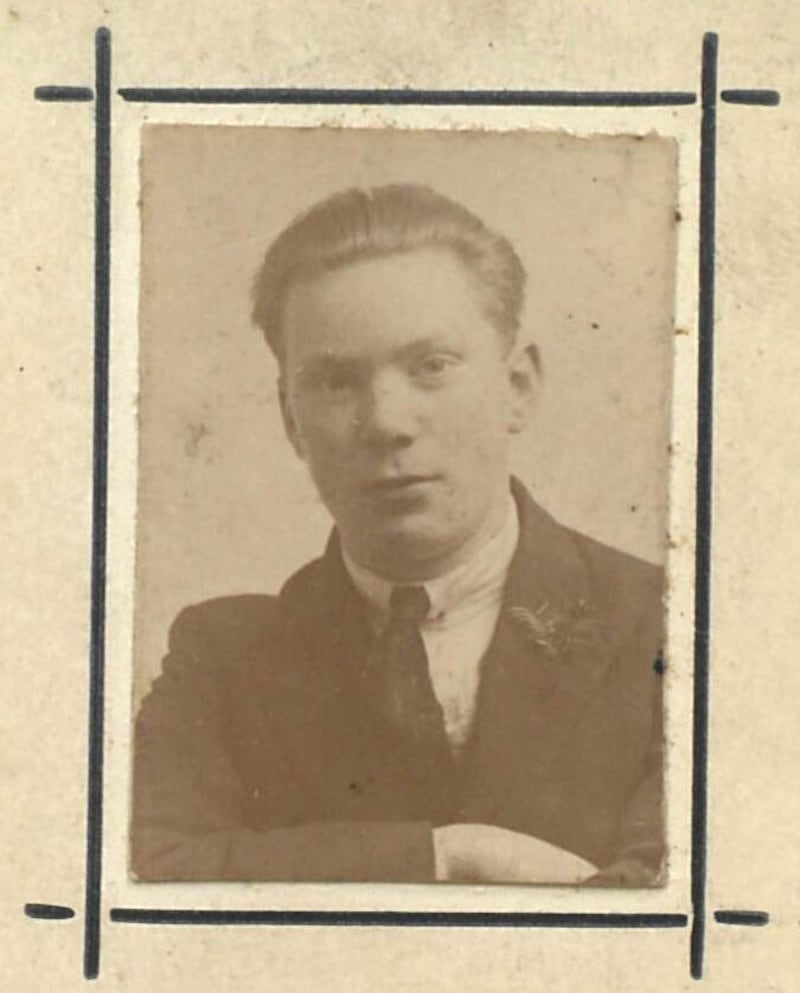
‘It was absolutely shocking what happened’
Seán Haughey
My relative: Capt Noel Lemass, anti-Treaty republican abducted and killed after the Civil War
Noel Lemass was my granduncle. He was the older brother of the former taoiseach, Seán Lemass. Seán and Noel joined the Irish Volunteers. They participated in the Easter Rising. Both were in the GPO and Noel was sent across to the Imperial Hotel. They were imprisoned after the Easter Rising.
Noel Lemass came back to Ireland from England in June 1923 after the Civil War officially ended. He was picked up off Grafton Street, abducted and held captive for four months somewhere in the Dublin Mountains. His mutilated body was found on October 23rd, 1923. He had been tortured and brutally murdered. We were always aware of how he had been murdered and tortured. Eileen Lemass used to tell us that all his fingernails had been pulled out. It was absolutely shocking what happened.
The identity of his murderers has been the subject of much speculation. The late Mr Justice Adrian Hardiman, a Supreme Court judge, made a paper available to the family that has not been published. He believes Noel Lemass was killed by Capt James Murray, a Free State officer, on the orders of Joseph McGrath who was minister for industry and commerce at the time. McGrath went on to become very wealthy and set up the Irish Sweepstakes. (McGrath won a libel action in 1927 denying any involvement in the death).
The pro-Treaty side had it in for Capt Noel Lemass; it is not clear why but it would appear to be associated with his intelligence work during the Civil War.
Seán Lemass never talked about the murder of his brother. He said terrible things were done on both sides. He is an example to the rest of us 100 years later that we need to move on from the Civil War. We have had our Decade of Commemorations and we have successfully navigated it. We have reflected appropriately on all events. That reflection was good.
I still hear talk of people looking for apologies for things that happened, such as the execution of people in Kerry. As some of the other relatives have said, apologies don’t count for anything at this stage. We have reflected on it appropriately and it is time to move on.
My paternal grandfather, Comdt John Haughey, was an officer in the Free State army and a follower of Michael Collins. As in every other family, legacies are not all black and white. Though my grandfather was pro-Treaty, my father, Charles Haughey, joined Fianna Fáil. His family legacy was not an influence.
Seán Haughey is a Fianna Fáil TD and former minister of state and lord mayor of Dublin

‘I was a bit reluctant to delve into the family history’
Síobhra Aiken
My relative: Great-grandfather Frank Aiken, head of anti-Treaty IRA
My great-grandfather Frank Aiken was head of the anti-Treaty IRA at the end of the Civil War and gave the order to dump arms. At that stage he would have been about 25. He was one of the young revolutionaries who had worked his way up the ranks. He was orphaned as a child in south Armagh and raised by his older sisters.
He remained neutral at the start of the Civil War. It was only when his hand was forced that he took the anti-Treaty side. He was imprisoned with his men in Dundalk Prison by the pro-Treaty government. They escaped from Dundalk jail in July 1922.
There was a book by Matthew Lewis a few years ago (Frank Aiken’s War) and it is striking how distressed he was at the end of the Civil War about what was going on. The weight of responsibility and the stresses and strains of this period are strongly evident, bearing in mind he was 25. There was violence that was inflicted and violence that was endured.
Frank Aiken was quite reluctant as a political figure to revisit the Civil War. It was not beneficial to him or to the country, he believed. When the republican writer Ernie O’Malley was doing interviews he wouldn’t be interviewed; he just handed over documents. There was an American interviewer who came over to interview revolutionaries. Frank Aiken gave him an interview but would not allow the record button be pressed.
When I started doing my book, Spiritual Wounds, I was a bit reluctant to delve into the family history but then I realised I wasn’t going to be able to escape from it.
There was definitely a sense of disgust around the Civil War and that informed my own work. I quite purposefully included the female revolutionaries from my family and that is not often done in studies. I was really interested in the four female revolutionaries on both sides.
I was interested in those quite remarkable characters who pushed against the silence surrounding the Civil War or attempted to break the silence but I’m conscious that Frank Aiken was one of those people who endorsed the silence. He saw the benefits of not looking at the past. We had an enforcer of silence like Frank Aiken and then the book is about those who were going against that culture which was endorsed at official level, but equally across society where people would have taken a similar stance.
Síobhra Aiken is an academic and author of Spiritual Wounds: Trauma, Testimony and the Irish Civil War
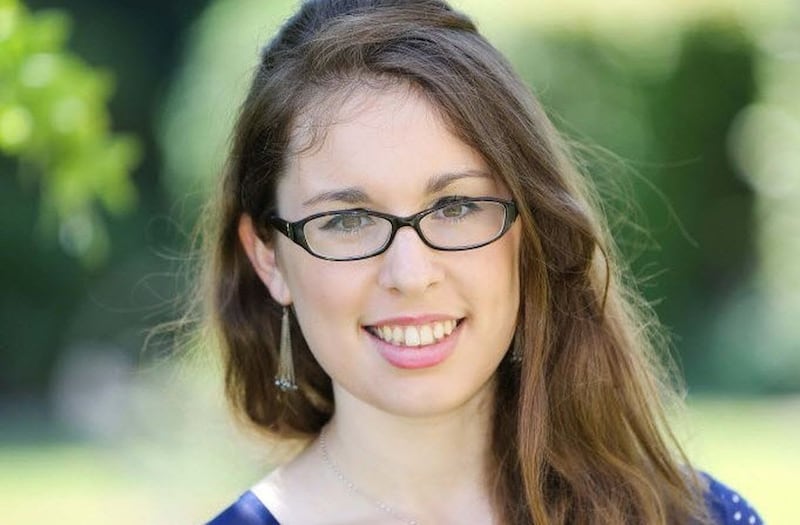
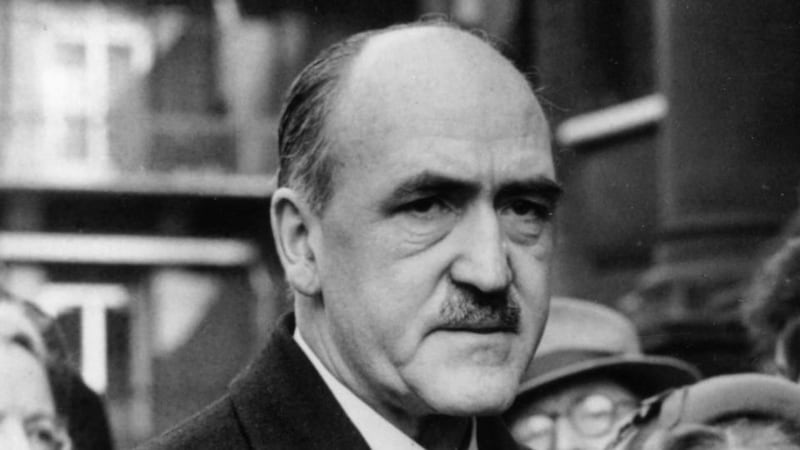
What were your relatives doing in the 1920s? How to research your family history
Were any of your relatives involved in the War of Independence, Civil War or the formation of the Irish Free State? Either way, you are likely to find out fascinating details about your ancestors by checking out our National Archives. Finding out information online has never been easier but there are other steps you could take too.
1. Talk to your family
Why spend days trawling through websites to find out your great-grandfather’s surname if someone in the family already knows it? So first, talk to parents, aunts, uncles, cousins and grandparents, and find out what they know. Most families have at least one individual who keeps track of the extended network of relatives.
Remember, there are lots of variants in the way names were spelt, so the surname you have today might not be the same one your great-grandparents are recorded under. Search with an open mind.
2. Census
The census includes information on how many people there are, where they are living, their occupation and what ages they are at a given point in time. Try undertaking research using digitised sources such as the 1901 and 1911 census. (There was no 1921 census due to the Civil War, while the 1926 census will be available in a few years’ time).
Again, the spellings of your ancestors names may be different. Visit: census.nationalarchives.ie
3. Military records
The Bureau of Military History is the oral history of participants in the nationalist struggle between 1913 and 1921. You can search for people and places familiar to you to get a vibrant picture of what was going on during the revolutionary period. Visit: bureauofmilitaryhistory.ie
The Military Service Pensions Project has catalogued and digitised hundreds of thousands of files dealing with applications for pensions from those active on the nationalist side between 1916 and 1923. They are extraordinarily detailed records of events at the time, requiring a high standard of verification, and are accompanied by a wealth of ancillary material gathered by the assessors to aid them in their deliberations, including detailed maps of battle sites. The files are searchable by people, places and key words online. Visit: militaryarchives.ie
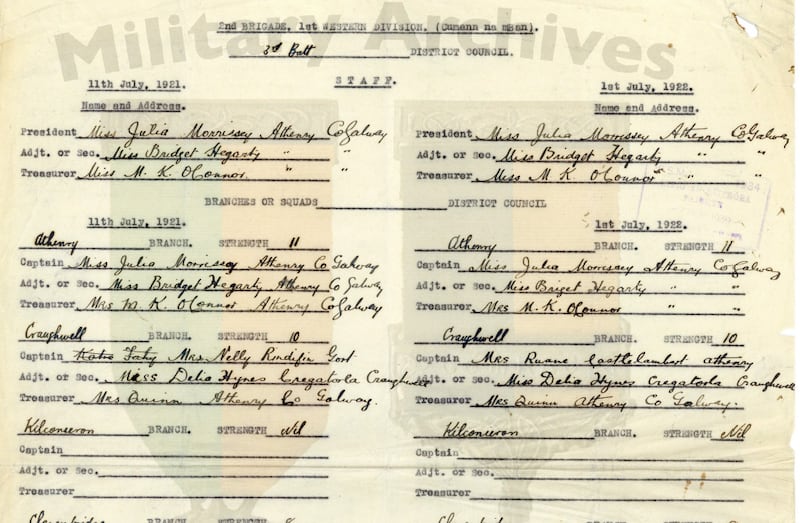
4. Civil records
Births, deaths and marriages began to be recorded in civil records from around the mid-1800s onwards. Irishgenealogy.ie is a great resource and is home to online historic indexes of births, deaths and marriages stored at the General Register Office (GRO) and to church records of Baptism, marriage and burial from a number of counties. The family history website, FamilySearch.org, has made the full set of indexes from the GRO freely searchable up to 1958.
5. Church records
The largest free online collection of church records is at Irishgenealogy.ie, which has images or transcripts of Catholic records for Dublin city, west Cork and Kerry; and Church of Ireland records for Kerry, Carlow and Dublin city. You will be more successful if you start off broadly, perhaps with a surname only, and then begin to narrow the search using dates, locations and forenames.
Almost all Catholic parish registers before 1880 have been microfilmed by the National Library of Ireland (registers.nli.ie) but these are page images, as of now. A complete list of Catholic registers, copies and transcripts is available online at Johngrenham.com and a list of surviving Church of Ireland registers is also available Ireland.anglican.org/about/rcb-library/anglican-record-project.
6. Newspapers
Newspaper archives contain a wealth of detail of the time. The Irish Times archive and the Irish Newspaper Archive, which schools have access to via Scoilnet, are great places to start for students.


















